777293
2-{[7-(5-N,N-Ditolylaminothiophen-2-yl)-2,1,3-benzothiadiazol-4-yl]methylene}malononitrile
99% (HPLC)
Sinónimos:
2-[[7-[5-[Bis(4-methylphenyl)amino]-2-thienyl]-2,1,3-benzothiadiazol-4-yl]methylene]propanedinitrile, DTDCTB
Seleccione un Tamaño
184,10 €
Precio de catálogo263,00 €Ahorre 30 %Seleccione un Tamaño
About This Item
184,10 €
Precio de catálogo263,00 €Ahorre 30 %Productos recomendados
Nivel de calidad
Ensayo
99% (HPLC)
Formulario
powder
mp
230-235 °C
temperatura de transición
Tm 233 °C
λmáx.
662-664 nm in dichloromethane
cadena SMILES
CC(C=C1)=CC=C1N(C2=CC=C(C)C=C2)C3=CC=C(C4=CC=C(C=C(C#N)C#N)C5=NSN=C54)S3
InChI
1S/C28H19N5S2/c1-18-3-8-22(9-4-18)33(23-10-5-19(2)6-11-23)26-14-13-25(34-26)24-12-7-21(15-20(16-29)17-30)27-28(24)32-35-31-27/h3-15H,1-2H3
Clave InChI
BCJCBXQJAANTJL-UHFFFAOYSA-N
Categorías relacionadas
Descripción general
MoO3 (30nm) / DTDCTB (7nm) / DTDCTB:C60/C70 (40nm) / C60/C70 (7nm) / BCP (10nm) / Ag
Device performance:
- JSC = 14.68 mA/cm2
- VOC = 0.8 V
- FF = 0.5
- PCE = 5.81%
Aplicación
Palabra de señalización
Warning
Frases de peligro
Consejos de prudencia
Clasificaciones de peligro
Eye Irrit. 2 - Skin Irrit. 2 - STOT SE 3
Órganos de actuación
Respiratory system
Código de clase de almacenamiento
11 - Combustible Solids
Clase de riesgo para el agua (WGK)
WGK 3
Punto de inflamabilidad (°F)
Not applicable
Punto de inflamabilidad (°C)
Not applicable
Elija entre una de las versiones más recientes:
Certificados de análisis (COA)
¿No ve la versión correcta?
Si necesita una versión concreta, puede buscar un certificado específico por el número de lote.
¿Ya tiene este producto?
Encuentre la documentación para los productos que ha comprado recientemente en la Biblioteca de documentos.
Los clientes también vieron
Artículos
Solution-processed organic photovoltaic devices (OPVs) have emerged as a promising clean energy generating technology due to their ease of fabrication, potential to enable low-cost manufacturing via printing or coating techniques, and ability to be incorporated onto light weight, flexible substrates.
Filtros activos
Nuestro equipo de científicos tiene experiencia en todas las áreas de investigación: Ciencias de la vida, Ciencia de los materiales, Síntesis química, Cromatografía, Analítica y muchas otras.
Póngase en contacto con el Servicio técnico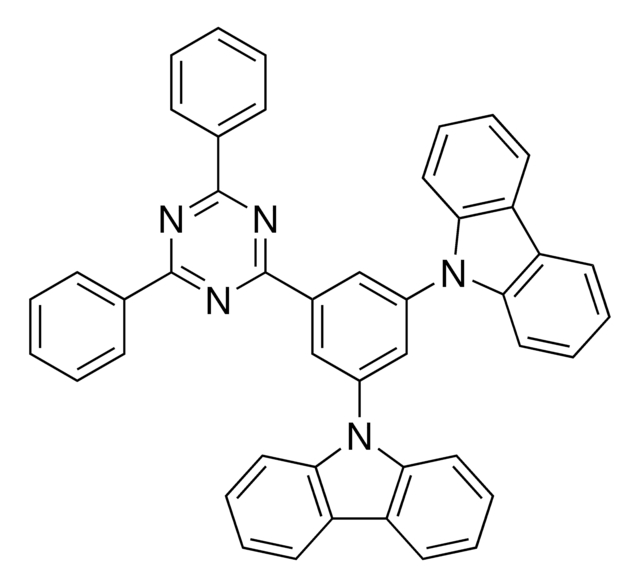
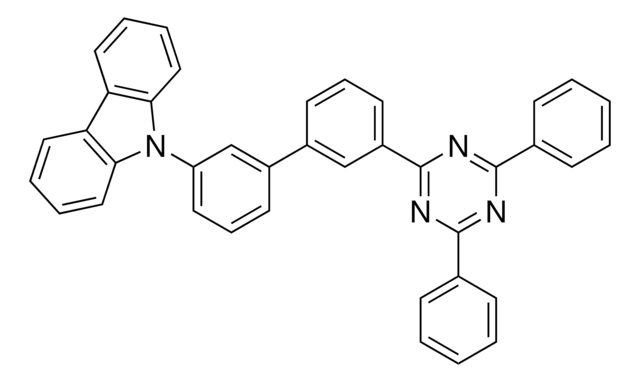
iridium(III) 97%](/deepweb/assets/sigmaaldrich/product/structures/309/053/0823f035-245c-433d-b033-2eca2d931c67/640/0823f035-245c-433d-b033-2eca2d931c67.png)
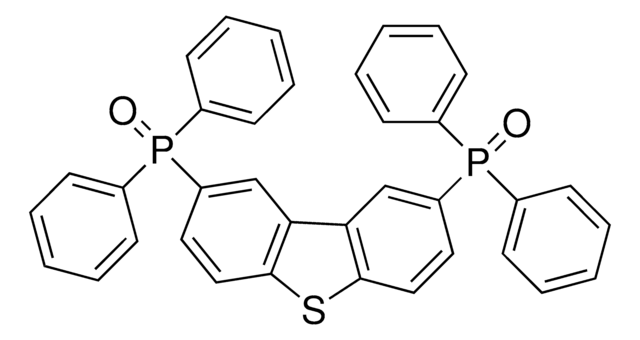
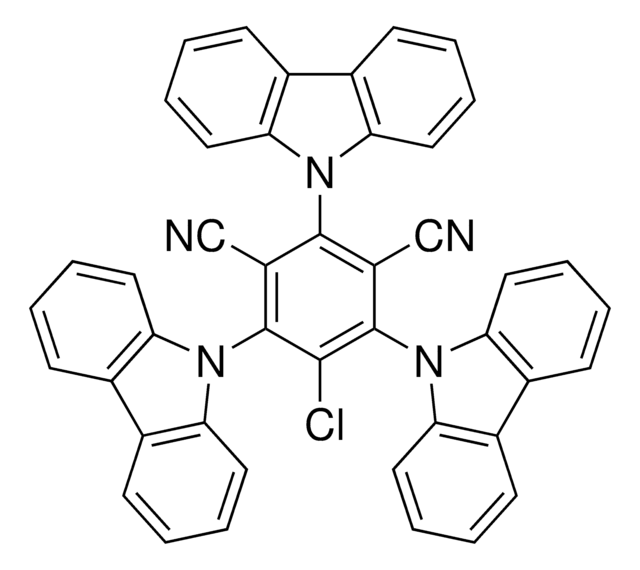
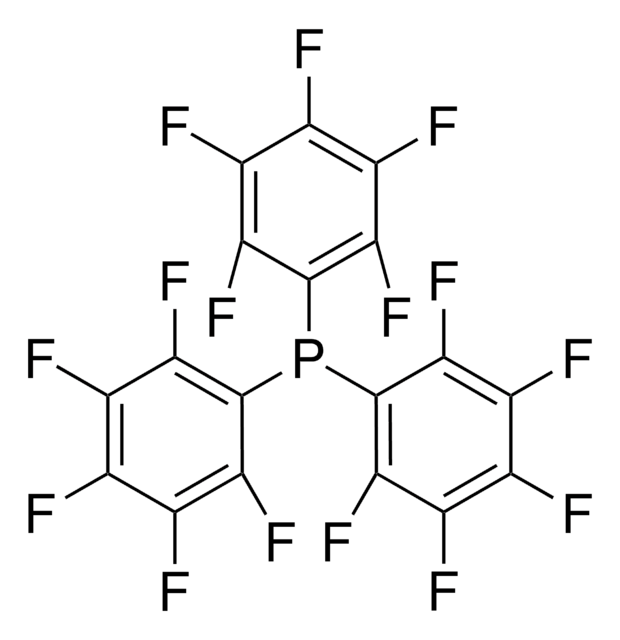
![3,6-Bis(5-bromo-2-thienyl)-2,5-bis(2-hexyldecyl)-2,5-dihydro-pyrrolo[3,4-c]pyrrole-1,4-dione 98%](/deepweb/assets/sigmaaldrich/product/structures/128/499/590a62c1-529b-42e2-96df-25659ec8c9e0/640/590a62c1-529b-42e2-96df-25659ec8c9e0.png)

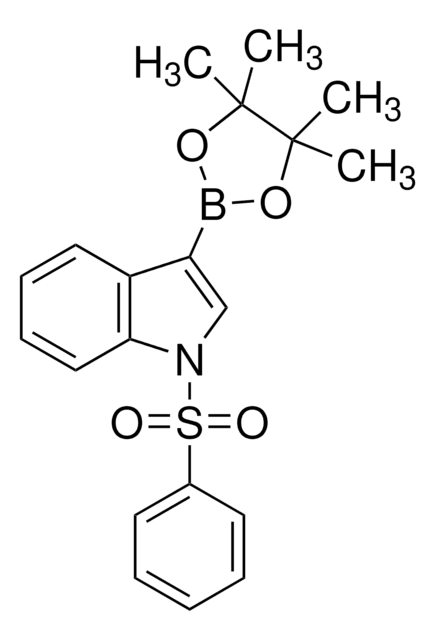


![2,4-Bis[4-(N,N-diphenylamino)-2,6-dihydroxyphenyl]squaraine 98%](/deepweb/assets/sigmaaldrich/product/structures/303/054/d8b9c845-3623-4f5a-8a30-ab6731034171/640/d8b9c845-3623-4f5a-8a30-ab6731034171.png)
